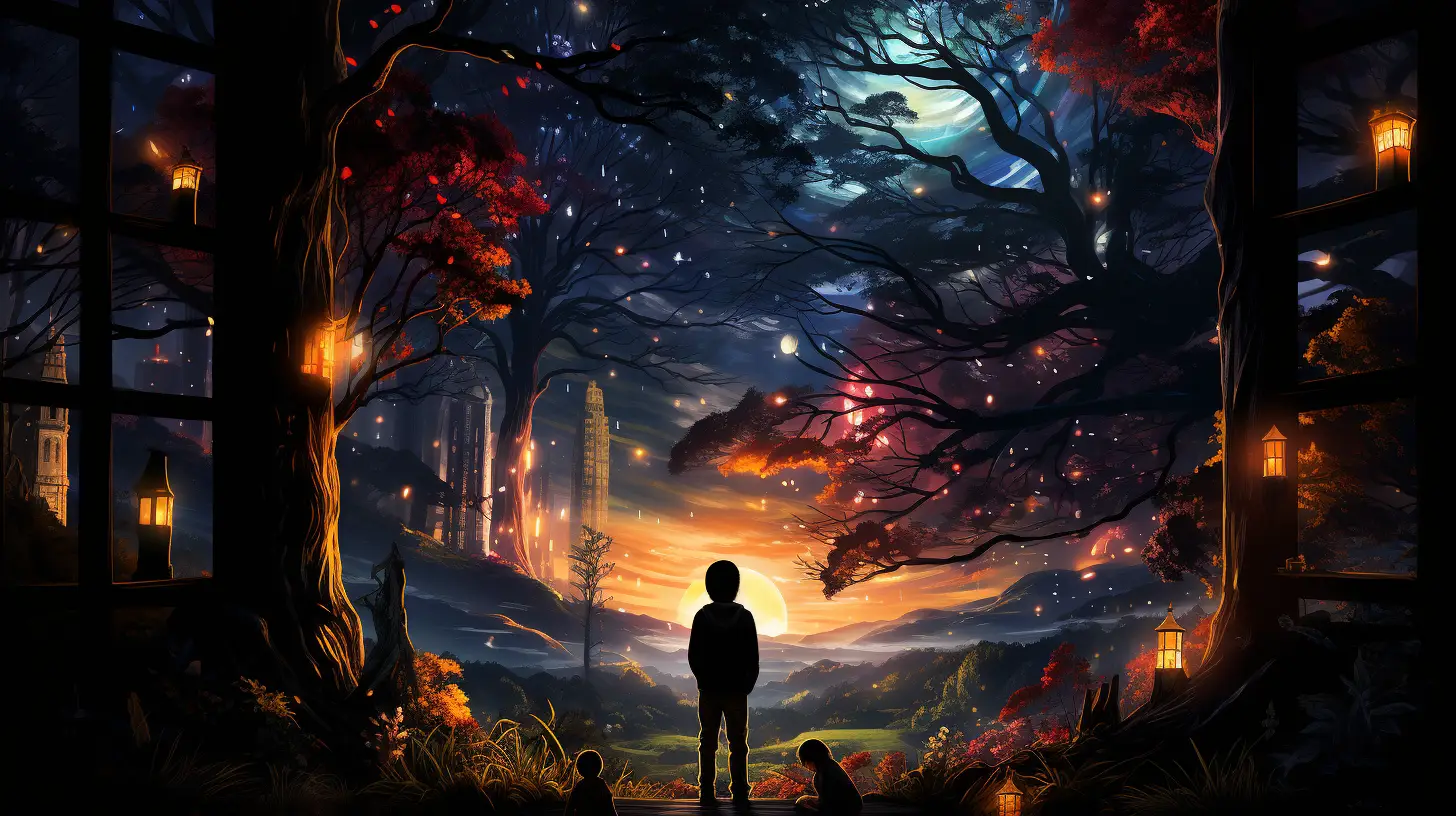
Transform Your Blog with Engaging Images
When was the last time you scrolled through a blog that felt like a visual feast? Too often, we land on walls of text that feel more like a chore than a captivating read. It's time to shake that up! Images are not just embellishments, they're the secret sauce for boosting engagement and making your content pop. Incorporating compelling visuals can be the difference between a scroll and forget experience and something memorable that resonates with your audience. Blog post images can strengthen clarity and comprehension, making even the driest content more digestible.
The Influence of Visual Content
Let's jump into the psychology of visuals. It's not just about having pretty pictures, it's about how colors and styles can drastically change how readers perceive your message. Ever notice how blue can evoke trust, while red might create a sense of urgency? This isn't incidental, it's science! Understanding visual psychology is key. Infographics are a powerhouse for conveying data in a digestible way, while photographs often evoke emotions that plain text can't match. Picture this: A well placed infographic might decrease your bounce rate by keeping readers engaged. Choosing the right type of visual can lead readers deeper into your content. So, what will you choose for your next post?
SEO Benefits of Using Images
Let's face it, SEO is the name of the game in the digital environment. Images can contribute significantly to your overall strategy, improving not just user experience, but page speed as well. It's like giving your visitors a smooth ride into your content. Did you know that properly optimized images can make your blog load faster? This is important, as every second counts, especially when the average human attention span is shorter than a goldfish's.
Alt text might sound mundane, but it holds eternal importance for search engine rankings. Think of it as a behind the scenes actor essential for SEO but often overlooked. Well crafted alt text not only enhances your blog's searchability but also ensures accessibility for visually impaired users. It's a double win!
Choosing the Right Images
Now, let's talk about where to find those magical images. Stock photography vs. original images is an never ending debate, but here's the scoop original images usually relate more because they bring authenticity. Although, high quality stock photos can also do wonders if chosen wisely. Ever browsed Creative Commons resources? They can be goldmines for finding unique visuals without breaking the bank just remember to verify the licensing agreements.
Talking about image formats, there's a practical side to this too. JPGs are great for photographs, while PNGs work wonders for graphics with transparency. GIFs? Those can be entertaining but can bog down your loading speed. Choosing the best format isn't just about aesthetics, it's about optimizing performance for your blog.
Image Fine tuning Techniques
Now that you've scratched the surface of sourcing images, let's get into the nuts and bolts of fine tuning. Resizing and compressing images is necessary for loading speed. Tools like TinyPNG offer simple, effective solutions for reducing file size without sacrificing quality. Remember, slow loading pages can chase your audience away faster than you can say "blog post."
Talking about image descriptions and tags, think of them as your best friends for SEO. Image naming might sound trivial, but it plays a key role in how search engines identify your content. Captions aren't just decorative they're important in providing context and enhancing relevance, nudging your reader to engage more deeply.
Enhancing User Engagement with Visual Elements
Visual hierarchy is where design magic truly happens. Are your images strategically placed to create a flow? Images can break up intimidating blocks of text, making it easier for readers to navigate. An eye catching image can guide attention where you want it most, leading readers through your content organically.
Interactive visuals, such as charts and clickable images, can intensify engagement. Have you ever used tools like Canva or Infogram? They can help you create interactive graphics that can draw your audience in, transforming passive reading into active exploration. It's this kind of interactivity that keeps readers coming back for more!
Legal Considerations and Best Practices
Before you jump headfirst into the ocean of visuals, let's navigate some legal waters. Copyright issues can be dicey if you don't know the ropes. Understanding licensing agreements is essential, using a photo without permission can lead to hefty fines. Always give credit where credit is due.
Striking the right balance with visuals is also key. While they can improve your blog, overusing them can create clutter, detracting from your message. Quality trumps quantity here select visuals that are relevant and add value.
Empowering Your Blog with Visual Content
Incorporating visuals into your blog can transform the way readers interact with your content. From influencing perceptions to boosting SEO, the advantages are numerous. Remember that your audience is hungry for engaging, accessible content that speaks to them visually.
So, what will you create with visuals that could transform your blogging strategy? Start experimenting and exploring new ways to engage your readers.
Now it's your turn! Go ahead and begin incorporating images into your next blog post. Share your experiences and thoughts in the comments. What's been your biggest challenge with visuals?

